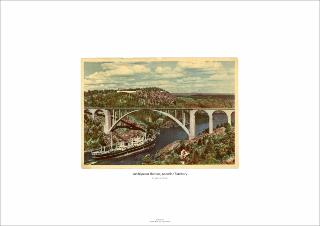Ambiguous Border, Anterior Territory
Master thesis
Submitted version

Åpne
Permanent lenke
https://hdl.handle.net/11250/2779714Utgivelsesdato
2020-12Metadata
Vis full innførselSamlinger
Beskrivelse
The project investigates the Svinesund border crossing, which could be considered the most important Norwegian crossing in terms of logistics, complexity and history. Currently Svinesund is defined culturally by cross border consumerism, but the project reveals this crossing as a territory of forgotten historical value that continually fluctuates in character depending on the border condition at hand. Crisis and conflict are often the main factors that condition a border, together with the respective architecture that then occupies this space, such as the many forts that once controlled the area during Norways conflict with Sweden.
As the border constantly changes, a border station is established in order to deal with extraordinary crisis situations that require large amounts of flexible space and different approaches related to the control of movement. If we recognise that these fluctuations peak and valley, then the station must be useful for other purposes when the border is not under significant strain.
Therefore the typology of the plateau is utilised as an architecture that defines space without enclosing it. This architectural gesture appropriates the previous context of Hjelmkollen Fort, but with different intentions and on different terms. It takes advantage of the strategic point in the topography in order to establish a relationship with what one could call a landscape border that has territorial implications.
The structure becomes a dialogue between landscape and form, which could be read as a direct reflection of what border architecture is. In a globalised world there is often a simultaneous need, and desire for more control and more freedom. The project there- fore poses the question as to whether an architecture can embody such a dichotomy?
